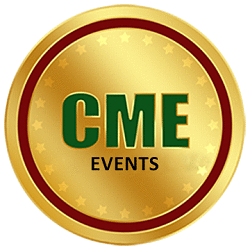
Ilya B. Tsyrlov
XENOTOX Inc, USA
Title: Human Herpes Viruses as a Novel Target for bHLH/PAS Dioxin Receptor-Arnt Transcription Factor: Basic Findings & Clinical Implications
Biography
Biography: Ilya B. Tsyrlov
Abstract
Human common viruses are suggested target genes of host cell dioxin receptor transcriptional (AhR-Arnt) complex initially proven to upregulate mammalian genes containing dioxin-responsive elements (DRE). The concept of Xenobiotical Virology emerged from our discovery of transactivation of HIV-1 and HBV by the most potent xenobiotic, dioxin, which bioaccumulates and has estimation half-life in humans of up to 10 yr. Noteworthy, transactivation of CMV was demonstrated with 0.1-0.3 ppt dioxin, lower than its current background level in general population (~3.0 ppt). In this study, a computational search for DRE in HSV-1 genes was performed by SITECON, a tool recognizing transcriptional factor binding sites. Detection of HSV-1 titres and viral DNA in dioxin-treated target cells were determined by plaque assay and hybridization/PCR, respectively. Clinical and epidemiological links were analysed. Eventually, within five HSV-1 genes, including critical immediate-early (IE) ones, SITECON detected 7 to 8 potentially active DREs in the regulatory regions. Adjoining DRE numbers for HSV-1 and CMV makes HSV-1 the most susceptible candidate virus to be augmented with body burden dioxin. The latter was proven by multi-fold elevation caused by 1.0 ppt dioxin of HSV-1 titers and viral DNA contents in dioxin-treated murine Apoe(-/-) astrocytes, monkey primary astrocytes and human astrocytoma U-87MG cells. Astrocyte models were chosen, as HSV-1 is linked to Alzheimer disease, where earlier amyloid plaques and their development intimately linked to activated astrocytes. It is postulated that a chance for latent HSV-1 to be activated by bodily dioxin is determined by the extent of AhR expression, which varied 15-20 times from person to person.

